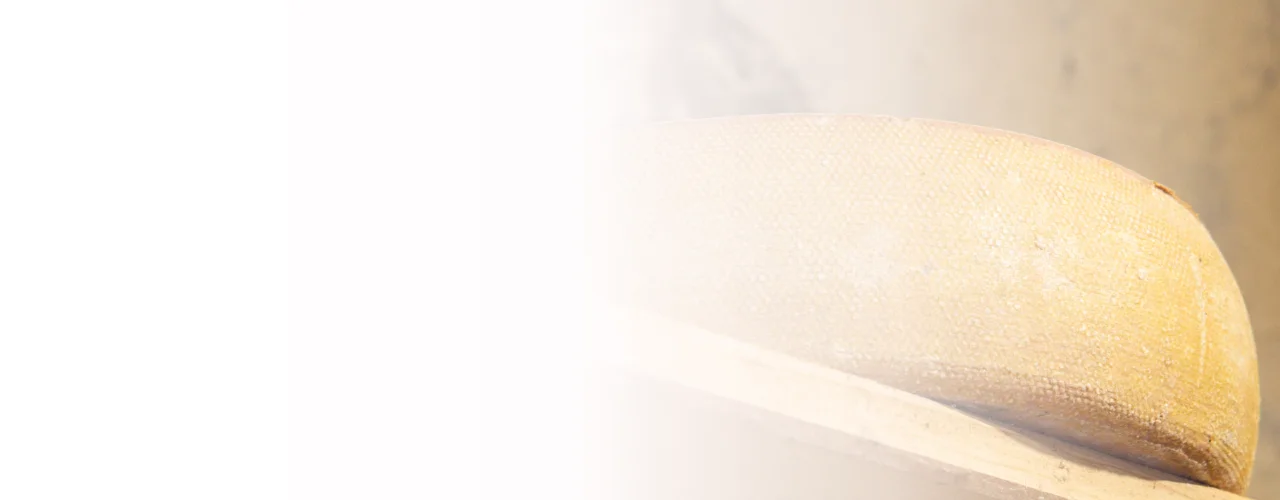Cheese encyclopedia
Jelly – thickened milk
Thickening the milk

The milkCheese milk is the milk intended for the production of cheese, also with the concomitant use of buttermilk products, cream products, sweet whey, sour whey and whey cream (whey cream) » More info is pre-acidified and thickenedThe milk is pre-acidified and thickened with the help of the rennet (calf rennet, microbial labs of bacteria or pepsin). The milk coagulates and a firmer mass forms. » More info with the help of the rennetNatural rennet is a mixture of the enzymes chymosin and pepsin, which is obtained from the abomasum of young ruminants in milk-drinking age. » More info (calf rennet, microbial labs of bacteriaBacterium Linens (red culture bacteria) are brushed with salt water on the cheese. » More info or pepsinEnzymes are special proteins (biocatalysts) formed in living cells (lab) that accelerate the biochemical conversion of milk. » More info). The milk coagulates and a firmer mass forms.
The “stacked mass” that has curdled through the lab is called jelly. This is cut by the artisan cheese maker to the desired fraction size. For this purpose, the cheese maker uses a cheese harp (a rod covered with thin wire) in the peasant production.
So the thick milk is separated into breakage and wheyWhey is the watery greenish-yellow liquid that results from cheese making. » More info. Depending on the type of cheese, the broken whey mixture is still heated so that the whey can emerge better and the break solidifies.
The differently produced grain size of the curdAs break (or cheese curd) is called in the dairy, the resulting material, which is formed from the milk by the addition of rennet or lactic acid to the milk breakage. » More info is crucial for further processing into soft cheese, semi-hard cheese or hard cheeseThe Vorarlberger Bergkäse (mountain cheese) is a regional cheese specialty from the Austrian province Vorarlberg. » More info.
Back to the cheese encyclopedia


















